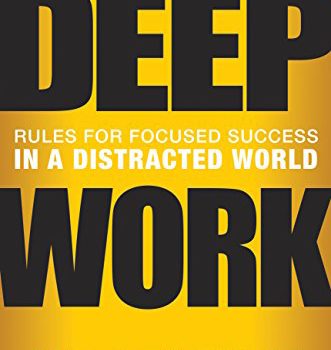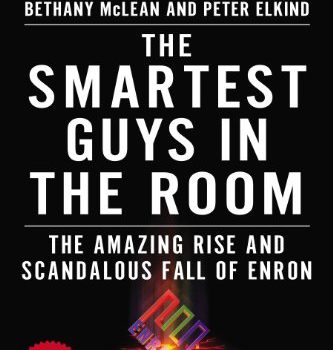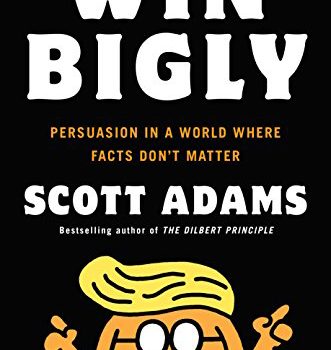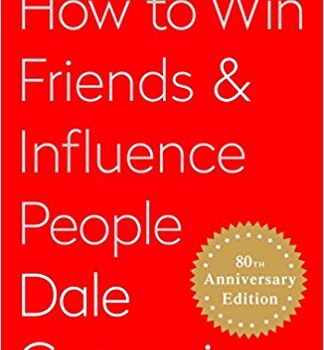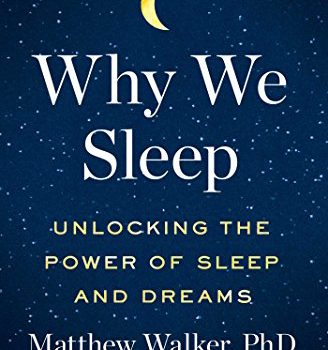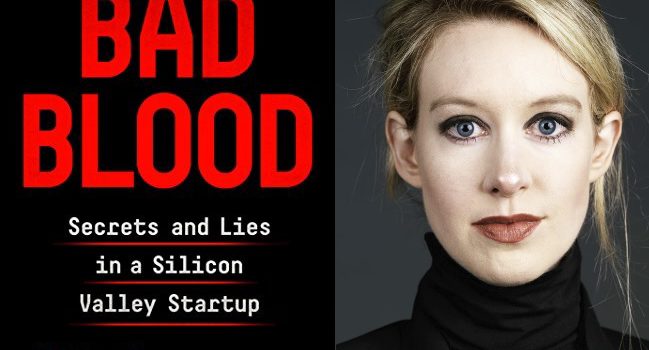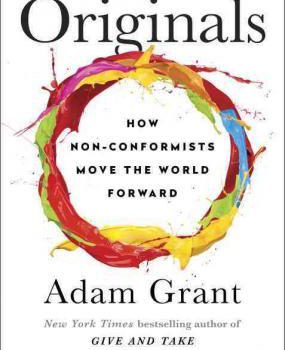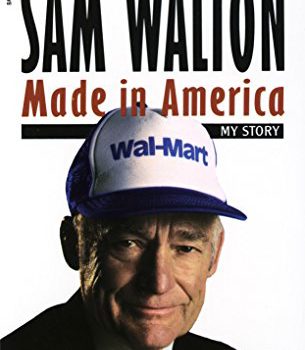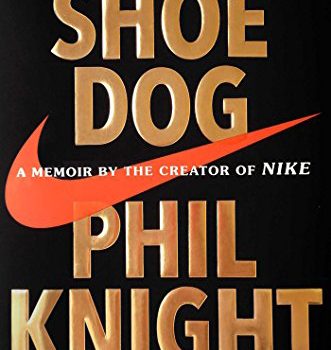When you’re trying to be productive, are you easily distracted by wandering thoughts or urges? Do you mindlessly open up your favorite website or app, craving novelty or fearing you’re missing out? Do you wish you could focus better, spending hours more per day driving toward your most important goals?
These are laughably universal problems. Internet apps are engineered to deliver hits of novelty and trigger cravings so strong you don’t even realize you’re under their control. If you examine your behavior, you’d likely find elements of drug addiction.
(My drug of choice is Reddit. Like an addict, I get sudden impulses out of nowhere to check it, fearing I’ll miss something hilarious or provocative. Also like an addict, I have an efficient sequence of delivery – “Ctrl+T” to open a new tab, “RE” to get reddit as the top choice in the search bar, “Enter” to load the page. I didn’t realize how ingrained this habit was until I tried to stop.)
It’s common knowledge that today’s media is addictive – yet ultimately unsatisfying, providing little more than frivolous amusement. What’s less common knowledge is how to overcome these distractions so you can focus on the goals you really care about.
Deep Work teaches you how to develop your focus and resist distractions. Focus is like a mental muscle – you need to structure training sessions and push yourself to your mental limit to increase your focus capacity. Implement the strategies in this Deep Work summary, and you’ll be more productive than you’ve ever been.
In this Deep Work summary, learn:
- Why deep work is critical to your success as an information worker
- How to set up your work environment to maximize focus
- How to send effective emails that cut down on dreaded back-and-forth email chains
- How to memorize the sequence of a pack of cards – and why this will improve your focus
